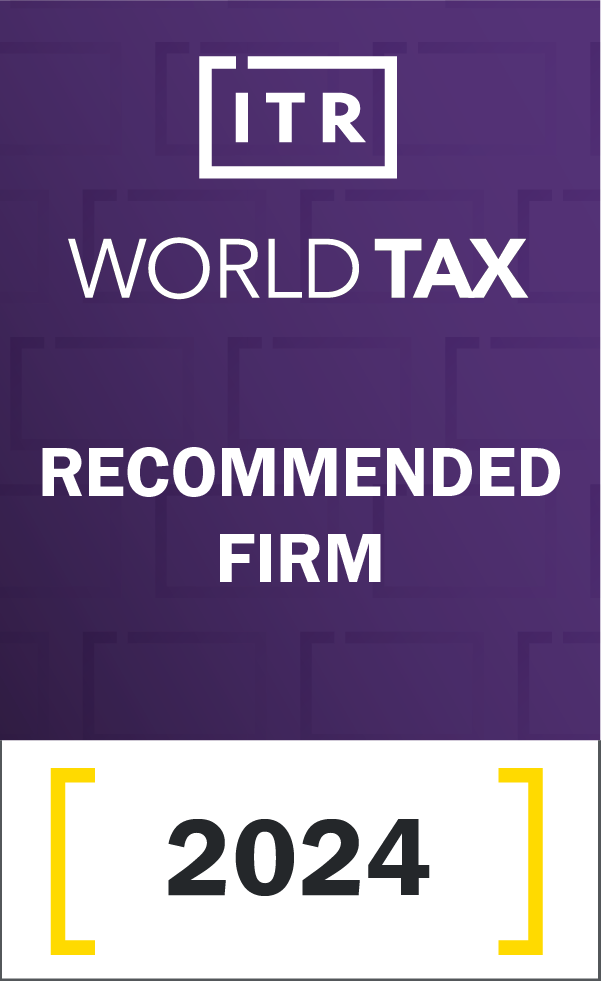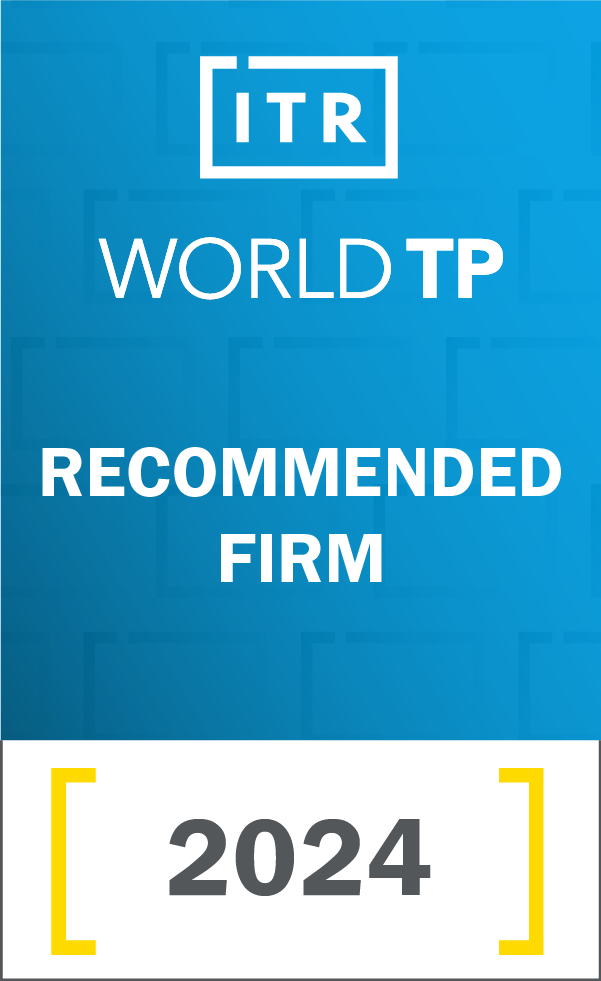OECD and IGF Collaborate to Release Transfer Pricing Framework for Mineral Sales
Oleh: Nendi Bahtiar, Rahma Alifatu Zahro dan Paskalis Pudyastomo
|
Thursday, 19 September 2024

The Organisation for Economic Co-operation and Development (OECD) and the Intergovernmental Forum on Mining, Minerals, Metals and Sustainable Development (IGF) released documents related to the transfer pricing framework for businesses in the mining sector.
There are three documents released as a result of the OECD and IGF collaboration. The first document, entitled Determining the Price of Minerals, A transfer pricing framework. It describes the challenges of countries in the world in increasing revenue from the mining sector, specifically regarding the risks and transfer pricing framework for mineral sales transactions.
The second document is entitled Determining the Price of Minerals, A transfer pricing framework for lithium. Based on the title, the document focuses on transfer pricing risks for lithium sales. The third document is titled Determining the Price of Minerals, A transfer pricing framework for bauxite which focuses on the transfer pricing framework for determining the selling price of bauxite.
A Framework for Global Authorities
These two publications are important for governments, especially in developing countries because they contain a framework that will serve as a guide in developing transfer pricing policies in the mining sector, especially mineral mining.
As for taxpayers, this guide is relevant in the context of understanding the direction of global policies related to activities in the sector. Given, operational activities including transactions in the sector are very complex. Thus, there is a significant transfer pricing risk that must be anticipated by business actors.
Since it is only a framework, this guideline does not regulate in detail the application of the Arm's Length Principle (PKKU) in transactions between related parties in mining business activities.
These two publications are important for governments, especially in developing countries because they contain a framework that will serve as a guide in developing transfer pricing policies in the mining sector, especially mineral mining.
Transfer Pricing Risk in the Mining Sector
In this publication, the OECD and IGF try to remind every government in the world that business activities in the mining sector have transfer pricing risks, especially related to the presence of multinational companies in various countries.
The risk arises at every stage of the mining sector value chain, which is quite complex. The value chain includes exploration, development, production, and processing, smelting and refining stages, each of which has different risks.
1. Exploration.
In the exploration stage, companies try to find potential mining reserves. This process can be done either by the company in-house or by outsourcing to third-party service providers. The transfer pricing risk that can arise at this stage is when there are intra-group transactions, related to technical assistance services and leasing of specialized equipment.
2. Development.
This stage involves feasibility studies, mine design planning, and construction. Some transfer pricing risks arising from the development stage are transactions related to financing, technical services, management services, intellectual property, equipment leasing, and equipment purchases with related parties.
3. Production.
At the mining production stage, transfer pricing risks that arise are transactions with related parties related to financing, technical services, management services, intellectual property, equipment leasing, equipment purchases, and sales agent commissions.
4. Processing, refining, and smelting.
Transfer pricing risks that arise at this stage are when refining and smelting facilities are provided by related parties and there are excessive costs related to the process. Another risk also arises when there is an entity with a sales function between the production stage and the processing, refining, and smelting stage. Excessive sales-related costs become a transfer pricing risk in itself.
Prioritizing the Use of CUP Method
In this framework, the OECD and IGF encourage the use of the Comparable Uncontrolled Price (CUP) method in determining the fair price of a mineral product transaction. This is based on the availability of mining mineral price information.
The reason is, that in applying the CUP method, relevant economic factors need to be considered as the basis for adjusting transaction comparables. The following are some of the economic factors:
- Product characteristics, such as specifications and quality of mining commodities
- Economic conditions and situations when sales occur. This includes supply and demand dynamics as well as host country sovereign risk that could potentially affect mining operations.
- Contract terms, such as quantities traded, transport terms, payment terms, insurance, bidding periods, exchange rates, and processing and refining costs.
However, the use of the CUP method can only be used if two specific conditions are met. Firstly, there are no differences between the transactions being compared or between the companies entering into such transactions that could materially affect prices in the open market. Secondly, any material differences can be eliminated by making reasonable and accurate adjustments.
Administrative Approach to Mineral Pricing
With this framework, it is expected that governments around the world will have guidelines that will be more detailed and specific for each type of mineral or mining product. Thus, it can provide transparency, clarity, and legal certainty of taxation to taxpayers.
For example, in terms of setting benchmark prices for transactions within the mineral industry value chain. This includes when the transaction does not cover the final value chain or when the transaction involves minerals that do not meet the benchmark price specifications
• Safe Harbour Approach
For example, the administrative approach taken by the Republic of Guinea in determining the fair price of bauxite minerals is to use the safe harbour approach. Under this approach, Guinea determines that when the price of bauxite to be sold is equal to or higher than the index price, the sale is considered fair.
However, the weakness of this approach is that it is not uncommon for the published index price to be lower than the market price, while the government is unable to make adjustments. As a result, there is a risk that the government collects less tax revenue than it should.
The safe harbour approach, on the other hand, is more appropriate for jurisdictions with limited administrative resources. In the context of transfer pricing, this approach mandates rules for certain taxpayers or transactions and exempts other taxpayers who meet specific conditions.
In general, this approach simplifies tax compliance and has the potential to be applied in countries with large mineral sectors but limited audit resources.
• Relevance of Advance Pricing Agreement
An Advance Pricing Agreement (APA) is an agreement between one or more tax authorities and one or more related parties to determine the transfer price for certain transactions. In fact, this method can provide certainty in the tax treatment and transfer pricing of related party transactions. APAs are typically usually bilaterally rather than unilaterally or multilaterally.
However, in the context of transfer pricing in the mineral industry, the APA is not necessarily relevant. The APA can provide tax certainty and reduce the cost and time for transfer pricing-related audits, but it also has several drawbacks.
Some of these include the amount of resources required to conduct transfer pricing audits. In addition, the APA facility is not available to all taxpayers, as the procedure to formulate it can be costly and time-consuming.
Specific Frameworks for Lithium and Bauxite
Ideally, each mineral commodity should have its specific transfer pricing guidelines. This is because each mineral product has different market and physical characteristics. However, for now, the OECD and IGF have only released transfer pricing framework guidelines for lithium and bauxite minerals.
There are several key points revealed in this lithium and bauxite mineral transfer pricing framework.
Industry Development
Lithium is closely associated with the rapidly growing electric vehicle industry, as it is one of the main components in batteries. However, in general, lithium can be traded either as a concentrate or in chemical forms like cathodes. The lithium mineral industry has seen significant growth in recent years, both in the trade of lithium concentrates and cathodes.
Meanwhile, bauxite is a residual rock primarily composed of alumina trihydrate and monohydrate minerals, usually in the form of gibbsite, boehmite, and diaspore. Bauxite is also the primary raw material for aluminum production. It is refined using the Bayer process to produce aluminum oxide, commonly referred to as alumina. Alumina is mainly used in aluminum smelting, though it also has numerous other industrial uses.
Sales Price Index
Several institutions are known to have created lithium and bauxite sales price indices for both contract and spot prices or short-term trading.
These include Argus Media, Asian Metals, Benchmark Mineral Intelligence, Fastmarkets, S&P Global Commodity Insights and Shanghai Metal Market. However, the existence of these indices cannot replace prices that fulfill the Arm's Length Principle.
Comparability Adjustment
To adjust the comparability of lithium and bauxite sales transactions, the OECD and IGF outlined that there are at least three important aspects that need to be considered, namely product characteristics, economic conditions, and contract terms.


